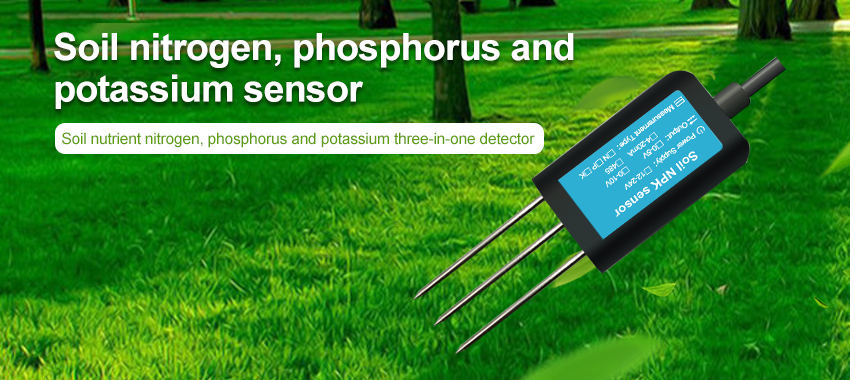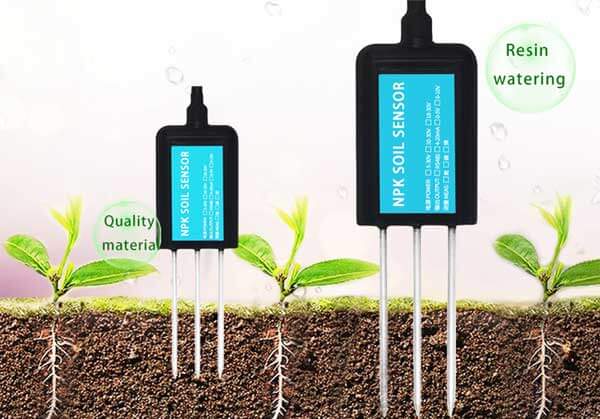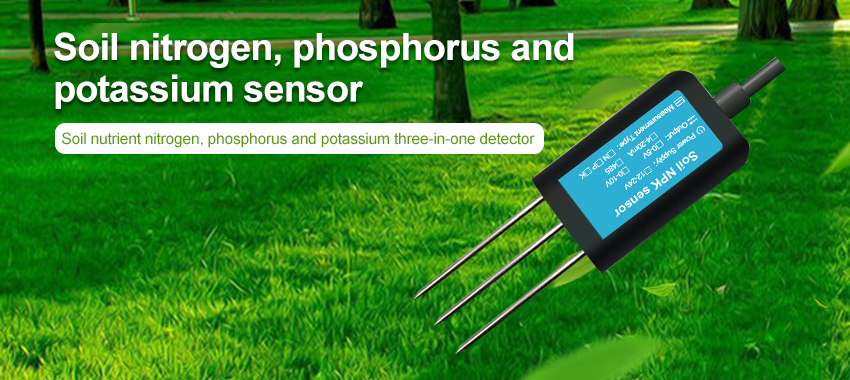Agriculture has always been a vital industry, feeding the world’s population and sustaining economies. However, the traditional practices of farming are facing increasing challenges in the modern era. Climate change, water scarcity, and a growing global population all present significant obstacles to achieving optimal crop growth and maximizing agricultural productivity. To overcome these challenges, revolutionary technologies are being developed, and one such innovation is the use of soil sensors. By harnessing the power of soil sensors, farmers can gain real-time insights into their fields’ conditions, leading to more precise decision-making and ultimately optimal crop growth. This article explores how soil sensors are revolutionizing agriculture and the potential they hold for sustainable and efficient farming practices.

Understanding Soil Sensors:
Soil sensors are electronic devices designed to measure various parameters in the soil, such as moisture content, temperature, nutrient levels, and salinity. They provide accurate and continuous data that allows farmers to monitor the soil conditions in their fields with a high level of precision. These sensors typically consist of probes or electrodes inserted into the ground, which capture data and transmit it to a central system or a mobile device for analysis.
Real-time Monitoring and Data Analysis:
One of the key advantages of soil sensors is their ability to provide real-time monitoring of soil conditions. Traditional methods of soil sampling and laboratory testing are time-consuming and do not offer immediate feedback. With soil sensors, farmers can access up-to-date information on critical parameters like moisture levels, enabling them to make informed decisions promptly.
Moreover, the data collected by soil sensors can be analyzed using advanced algorithms and machine learning techniques. By leveraging these technologies, farmers can gain valuable insights into their specific soil conditions, including patterns, trends, and anomalies. This data-driven approach allows for proactive measures, such as adjusting irrigation schedules or applying fertilizer precisely where and when needed.
Precision Irrigation and Water Management:
Water scarcity is a significant concern in many agricultural regions worldwide. Over-irrigation not only wastes precious resources but can also lead to waterlogged soil, nutrient leaching, and reduced crop performance. Soil sensors play a vital role in precision irrigation by providing accurate information about soil moisture content. By monitoring the moisture levels in real-time, farmers can optimize their irrigation scheduling, ensuring that crops receive the right amount of water at the right time. This targeted approach not only conserves water but also promotes healthier root development and reduces the risk of diseases caused by excessive moisture.
Nutrient Management and Fertilizer Optimization:
Proper nutrient management is crucial for optimal plant growth and crop yield. Traditionally, farmers rely on broad assumptions or soil tests conducted periodically to determine nutrient requirements. However, soil conditions can vary greatly within a field. Soil sensors offer a more granular and dynamic approach to nutrient management by continuously monitoring nutrient levels in the soil. Farmers can then adjust fertilizer application rates and timing based on real-time data, ensuring that plants receive the precise nutrients they need for optimal growth. This fine-tuned approach minimizes waste and environmental pollution associated with excess fertilizer use while maximizing crop productivity.

Disease and Pest Management:
Early detection and prevention of diseases and pests are essential for maintaining healthy crops. Soil sensors can contribute to disease and pest management by monitoring soil temperature and moisture, which are critical factors influencing the survival and activity of pathogens and pests. By identifying potential risk areas through sensor data, farmers can take preventive measures, such as adjusting irrigation practices or implementing targeted pest control strategies, reducing the reliance on broad-spectrum pesticides and minimizing environmental impacts.
Sustainable and Efficient Farming Practices:
The integration of soil sensors into agricultural practices promotes sustainability and efficiency in several ways. By optimizing irrigation and nutrient management, farmers can minimize resource waste, conserve water, and reduce the need for synthetic inputs, thereby contributing to environmental preservation and cost reduction. Additionally, the precise monitoring and data-driven decision-making made possible by soil sensors can lead to higher crop yields and improved overall farm productivity. This increased efficiency not only benefits farmers economically but also helps meet the growing demand for food in a sustainable manner.
